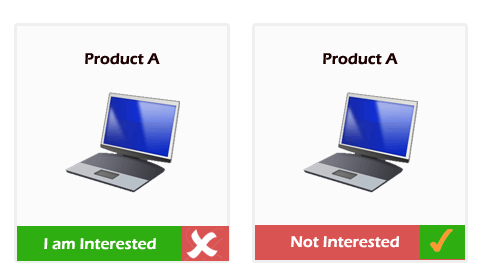How to Store CSV Ids in Hidden Field
Script
function AddProjectId(pProjectId)
{
var arrProjectIds = new Array();
var strComma = '';
csvProjectIds = $('#hdnInterestedProjectIds').val();
csvProjectIds = $.trim(csvProjectIds);
if (csvProjectIds != '')
{
arrProjectIds = csvProjectIds.split(', ');
lngArrLength = arrProjectIds.length;
} else {
lngArrLength = 0;
}
if (arrProjectIds.indexOf(pProjectId) != 0) {
if (lngArrLength > 0)
strComma = ', ';
csvProjectIds = csvProjectIds + strComma + pProjectId;
}
$('#hdnInterestedProjectIds').val(csvProjectIds);
}
function RemoveProjectId(pProjectId)
{
csvProjectIds = $('#hdnInterestedProjectIds').val();
csvNewProjectIds = '';
arrProjectids = csvProjectIds.split(', ');
arrNewProjectIds = new Array();
lngArrLength = arrProjectids.length;
for (i = 0; i < lngArrLength; i++)
{
if (arrProjectids[i] != pProjectId)
{
arrNewProjectIds.push(arrProjectids[i]);
}
}
for (i = 0; i < arrNewProjectIds.length; i++)
{
strComma = '';
if ((csvNewProjectIds != '') && (arrNewProjectIds.length != (arrNewProjectIds.length - 1)))
strComma = ', ';
csvNewProjectIds = csvNewProjectIds + strComma + arrNewProjectIds[i];
}
$('#hdnInterestedProjectIds').val(csvNewProjectIds);
}
<input type=”hidden” name=”hdnInterestedProjectIds” id=”hdnInterestedProjectIds”/>
